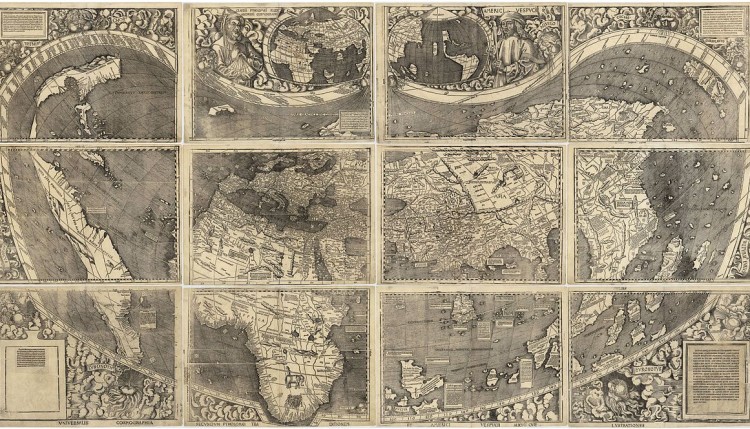
CONFERENCE TALK: Form, Fiction, Footnote: Historiography, Reading Practices, and the Presented Past in Edward P. Jones’s The Known World
At the 2012 International Conference on Narrative, I presented on Edward P. Jones’s Pulitzer-winning historical novel The Known World and its reconfiguration of the relationship between historical knowledge and narrative form. Here’s the abstract:
Upon its 2003 release, critics heralded Edward P. Jones’s The Known World as a new look at slavery, one that deftly shed light on, as one reviewer put it, “a little-known footnote in history”: the surprising fact that there existed African-American slave-owners in the antebellum American South. This suggestive phrase implies a reading practice within which fictional interventions into a given historical narrative take place in the margins, leaving the existing history’s logic intact, even while adding new perspectives or new information. Fiction is thus conceived of as a mechanism of detailing and differentiation, carving nuance out of the bluntness of academic-historical narrative and thereby achieving a greater degree of fidelity to the underlying historical reality than would be possible without fictionality. Whether this filling-in is constituted by a more vivid sense of quotidian realities, an amplified ethical sensibility, or the psychological interiorities glossed over by textbook history, the implication is that fiction interacts with history by adding nuance to the latter’s preexisting narrative structures.
Building upon The Known World‘s investment in questioning its own discursive form (through, for instance, references to [fictional] academic-historical monographs), as well as its recognizably postmodern rejection of inherited narratological categories, I suggest that rather than complicating or fleshing out the preexisting historical narratives of the American slave economy, Jones aims to generate a new discursive and historiographic architecture more adequate to the diffusion of power through property relations. I read the novel as an attempt to produce a discourse coterminous with its content, in which the narrative how and the historical what are immanent to rather than instrumentalized by one another. As such, the novel begs to be read within a genre of which it is the only example—a reading practice, I argue, not only suited to this novel but also more attuned to the radical interventions possible in other narrative fiction.
Here’s a snippet of the paper itself:
From the standpoint of Jones’ novel, to understand the slave economy is in some sense also to understand the mecha- nisms of historical narrative; the two questions—the one material and ethical, the other philosophical and representational—steadfastly refuse to be torn asunder. In The Known World, that is to say, the question of the “known†is inseparable from the question of the “world,†and within the mutually constitutive relationship between the two, I argue, lies the definitive question literary scholarship must ask of both itself and its objects: what is the relation between what happens on the page and what happens outside its dog-eared boundaries?